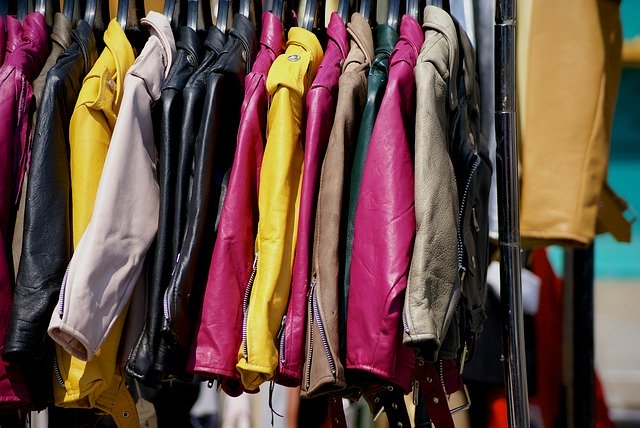Fashion globalisation or a worldwide opportunity to reinterpret fashion according to an ethnological and social taste?
By Giulia Barjona / 17.09.2020
Globalisation has reached all areas of the industry, including large and small fashion houses. Sometimes, it can be difficult to escape this trend, which becomes an injunction. In other cases, fashion allows certain social categories to emancipate themselves.
The idea of ‘globalisation of the world’ had already been born when Marco Polo visited China, when Captain Cook discovered the Cook Islands and when oriental manufacturers conquered Europe. The particular desire to westernise the whole world is a passion that never left the Europeans, as they had everything to achieve it.

For centuries, the ideals harboured in the minds of men have changed, but the desire to build a ‘world-community’ has continued to live in dreams as a synonym for power. Moreover, knowing and mixing different cultures has always been a symbol of openness, leaning towards a knowledge and a civilisation, a social group or even a human category. More precisely, the opening of fashion to the influence of other traditions creates the possibility of bringing about changes within an entire society. In the 18th century, for example, the fashion of the royal courts was reassessed to incorporate new colours and images of Chinese origin into the European tradition. In this particular case, all fabrics, jewellery, etc…witnessed a sudden turn by adapting the different shades of blue and black-line designs to white surfaces. In the same way, we find this phenomenon in modern society, by creating a visually appealing potpourri, like in the streets of Tokyo. The capital of Japan offers the opportunity to observe young people dressed in funny costumes that combine innovative fashion trends with the tradition of their ancestors.
However, from the 1970s onwards, globalisation became the main goal of all industries and, sometimes, of individuals. On the one hand, the various fields were urging for a faster production of goods. On the other hand, people experienced (and still do today) the fear of falling behind. For this reason, fashion had the opportunity to become the symbol of presence in the world; a ‘fashionable’ person is a person with the possibility of earning their place in life and the workplace. Therefore, to be fashionable becomes a necessity where there is an imperative to be recognised as a citizen of the world. Moreover, this deficit in the imagination is underlined by the big fashion houses with the triggering of a commercial plan at a global level, selling the same clothes all over the world. The feeling of comfort obtained among buyers has increased the popularity of an industry that is always ready to embrace certain novelties. These are made available to all cultures and all social classes scattered across the Earth.

However, these marketing techniques are not necessarily appreciated by most young people. The new generation prefers to move away from official fashion and invent their own style. The respect conferred on the offerings of big fashion houses is sometimes ignored or fought against. Young people often repurpose old clothes (a trend originating from rummaging through their grandmother’s wardrobe) or a meticulous search in a vintage shop where old clothes can be given a new lease of life. The revival of the textile secondhand trade underlines the need to give a new purpose to an object seen as ‘hopeless’. This work of identification of a boy or girl with a fake object, a ring or an ‘ugly’ detail becomes a symbol of the will to be recognised as an individual capable and worthy of existing. Modern young people are looking for a past to recognise themselves in order to be respected and heard by adults.
In conclusion, fashion has always dominated an important part of the industry and society, but it has not always been appreciated.
So what is the limit between fashion as an opportunity for self-assertion and fashion as a negation of personal identity?




Recent Comments